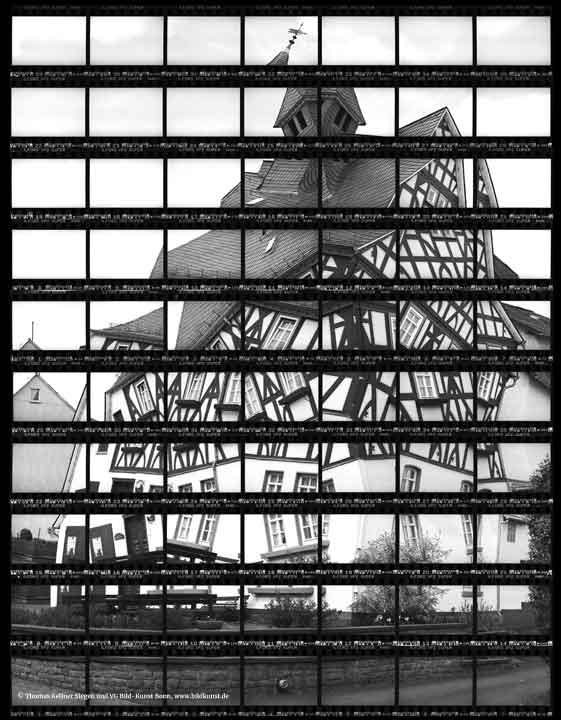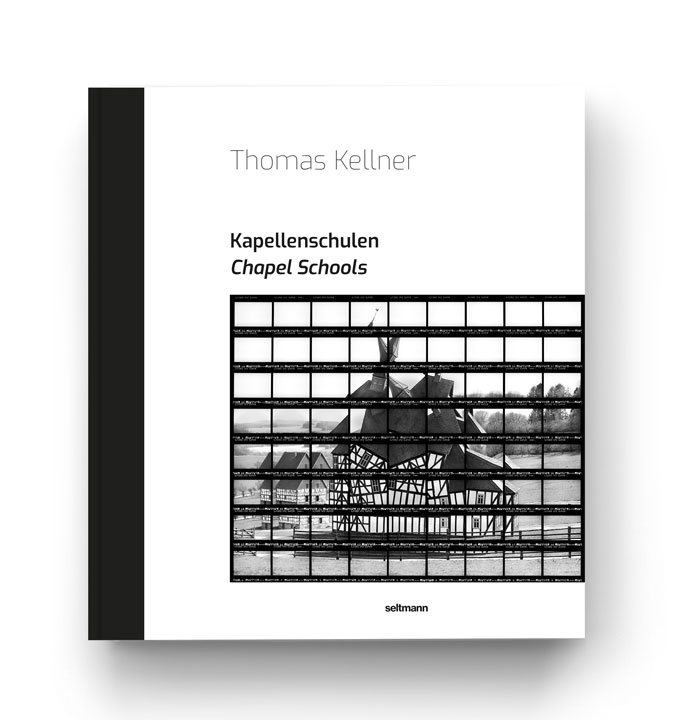Chapel School Arborn
The chapel school in Arborn, built in 1717, characterizes the village in the eastern Westerwald [German mountain range, literally: Western Forest]. Different teachers taught an average of around 75 students. The upper floor of the old chapel school contained a prayer room, and the classrooms were located downstairs.
After World War II, a second classroom was added and completed in 1952. After a short time, the number of students decreased and they were all taught in one classroom. Beginning in late 1966, grades 5 through 9 started to attend the new central school in Beilstein. The vacant and unused rooms in Arborn were then used as multi-purpose spaces. In 1969, the elementary school was closed and the children then attended the middle school in Beilstein. The chapel school in Arborn was converted into a village community center. The new building was stylistically adapted to the old building. A kitchen and a large room seating approx. 200 people were set up. There are also other community rooms and a bowling alley in the basement.
Arborn in: The Chapel Schools' Book
Chapel schools form a solitary architectural type for the Siegerland and its neighboring regions.
As stand-alone buildings and conspicuous in their surroundings, like the one in Arborn, they reveal the connection between religion and school education starting from the domain of Count William I of Nassau-Katzenelnbogen (1487-1559) and his son John VI of Nassau, Katzenelnbogen and Dietz (1536-1606). The hybrid used buildings existed until the end of the 19th century and in parts even until the 20th century.
Chapel Schools a solitary architectural type
The Siegen fine art photographer Thomas Kellner recognized the historical and cultural value of these buildings and set himself the task of preserving and recalling this typical regional cultural asset through a new medium. By means of photography he transfers the chapel schools into an artistic context and gives the historical topic a new dimension in the present (art).
Just as the chapel schools united in themselves two spheres of life, this publication also conveys different contemporary perspectives on the history and genesis of the chapel schools. While Kellner tries to rethink the type of building, which oscillates between profane and sacred, with his artistic realization, Chiara Manon Bohn, Isabell Eberling M. Sc. Dr. Andrea Gnam and Dr. Stefanie Siedek-Strunk provide an insight into the historical, architectural and religious classification of the chapel schools up to the pictures of Thomas Kellner in text contributions.











